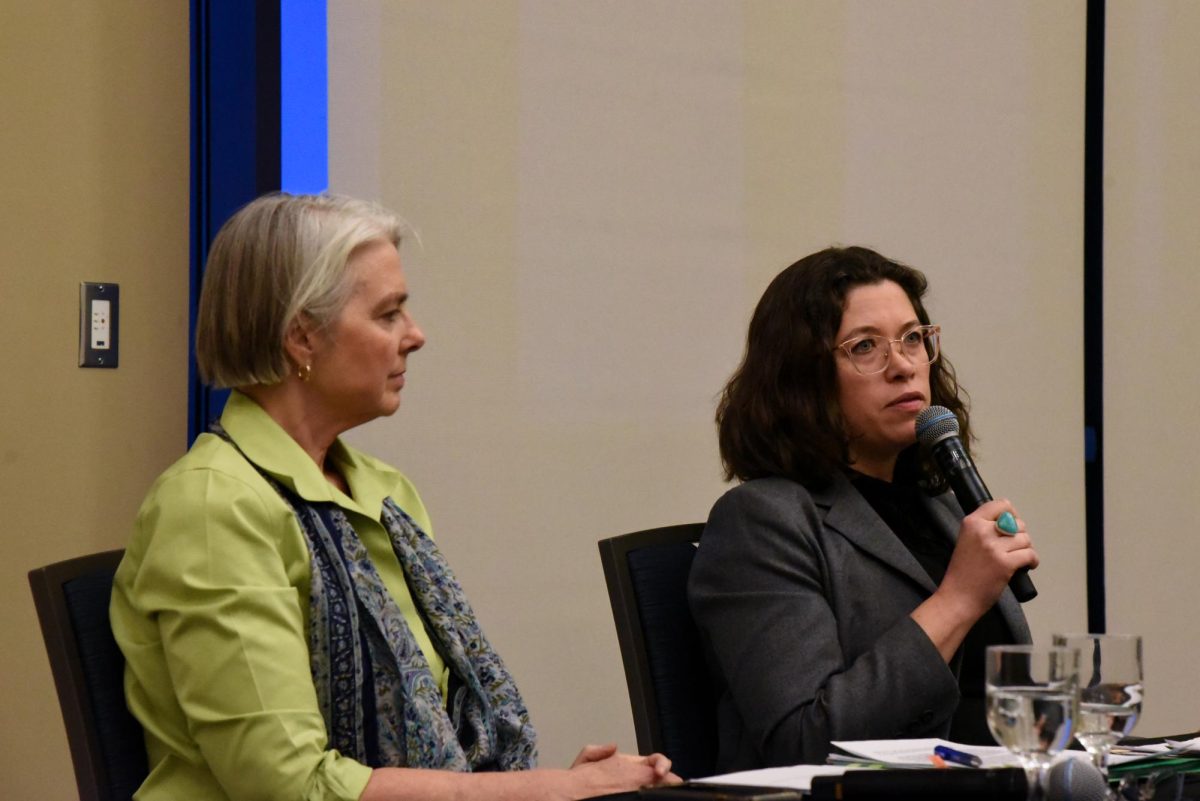Grant Will Help Families Hand Woodlands Down
Thom McEvoy, extension associate professor of forestry, recently received a grant from the U.S. Forest Service for a project intended to help woodland-owning families develop long-term management strategies for successfully passing land from one generation to the next.
The three-year, $88,000 grant project, “Planning the Future Forest,” will assemble and publish a set of case studies in the form of 250-300 page book that will help landowning families initiate discussions about long-term forest planning. The case studies will be comprised of stories about families around the country who have developed successful long-range planning strategies for their lands to keep them intact and productive.
“Cash poor… farm families are faced with unbelievably high transfer costs when parents pass away without having given consideration to estate planning matters,” writes McEvoy in his abstract. The result can “cause executors to liquidate forests, often to the highest bidder who does not have long term, sustainable forest benefits in mind.”
Approximately one-third of U.S. land area is forest with 10 million private owners owning 58 percent of it. Although individuals or married couples hold 94 percent of all private ownership, only five percent of private owners have written forest management plan – a recipe for ecosystem disaster, according to McEvoy. McEvoy adds that only a relative few woodland owners have developed estate plans that provide for long-term woodland management after the current owners pass away. Without adequate planning, the ecological fate of many woodlands is threatened as family members divide assets and pay estate taxes and transfer costs. Because these types of unplanned transfers lead to what McEvoy calls “parcelization of holdings and fragmentation of purpose” the forest ecosystems are more likely to become housing instead of remaining productive woodlands and vital habitats. The results can be damaging to endangered species and forest-product industries, he says.
Environmental High School
In the lobby of New York City’s High School for Environmental Studies, which is housed in a turn-of-the-century art deco structure that once belonged to Fox Film Studios, remnants of an elegant past are etched into the ornate ceilings and elaborate walls. The entranceway leads to stairs and an elevator where the d?©cor changes to that of an urban public school. On one of the walls is a display telling students about the University of Vermont. They pass it on their way up to the rooftop where trees, plants, a greenhouse and other environmental projects create an oasis above the concrete streets below. It’s here that the differences, as well as the distance, between UVM and HSES are most prominent. The Green Mountains seem worlds away from the top of West 56th Street, and, to many of the 1,600 students here, they are as remote as the silent films created at their school in the early 1900s. A growing partnership program between the two schools is beginning to bridge the gap.
“I remember being very curious about UVM,” recalls Joanna Pina ’02, one of the first HSES students to come to UVM. “I thought, ‘Wow, Vermont, what is that all about? … But I wanted to hear what they had to say and they stayed in touch with me. The Latin community is very family-oriented and you don’t get a lot of support when you want to venture out of it, especially to a place that seems as far away as Vermont. But UVM made it like a family. I love my college.”
















